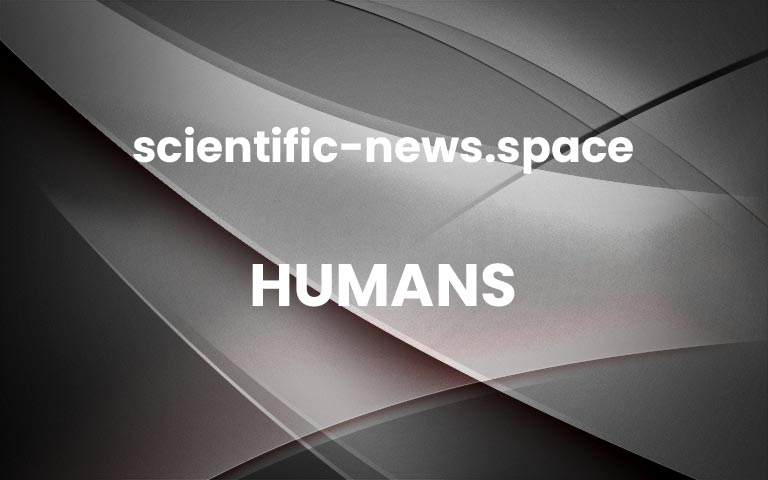Neanderthal child may have had Down’s syndrome
Neanderthal reconstruction at the Museum of Natural History Vienna in AustriaNeanderthals/Alamy Stock Photo
A Neanderthal child with Down’s syndrome survived until at least the age of 6, if interpretations of a fossilised ear bone are correct. The find adds to the evidence that Neanderthals, far from being brutish and unfeeling, routinely showed compassion for other members of their society, although researchers disagree on the extent to which the child may have needed extra attention.
“Neanderthals were clearly caring for people in their group, and this is a lovely example that really brings home how much they cared,” says Penny Spikins at the University of York in the UK, who wasn’t involved in the research.Advertisement
The Neanderthal fossil was found in Cova Negra, a cave near the town of Xàtiva in eastern Spain. The cave has been excavated on and off since the 1920s, revealing that it was home to Neanderthals between 273,000 and 146,000 years ago.
Sorting through animal remains from Cova Negra, researchers led by Mercedes Conde Valverde at the University of Alcalá in Spain identified a fragment of hominin bone. It was found in disturbed sediments, so can’t be reliably dated. The bone is part of the temporal bone from the side and base of the skull, and includes parts of the inner ear.
Conde Valverde and her colleagues used CT scans to create a 3D model of the bone. This allowed them to identify it as being from a Neanderthal, not a modern human. Based on its developmental state, the bone belonged to a child who was at least 6 years old, and probably no more than 10.
The team found several distinctive features in the development of the inner ear, specifically in three tubes called the semicircular canals that are involved in hearing and balance. One of the canals was unusually wide. Another was connected to a neighbouring chamber called the vestibular aqueduct, which is normally separate. Furthermore, the cochlea, which is crucial for hearing, was especially small.
This combination of features is found only in people with Down’s syndrome, says Conde Valverde. In this genetic condition, instead of having two copies of chromosome 21, a person generally has three. The condition can cause learning disabilities, problems with hearing and balance, and distinctive facial features.
It has probably existed as long as humans: a study of ancient DNA, published in February, found six cases of Down’s syndrome in babies and young children, one dating back almost 5000 years.
The newly identified child would have needed more care than other Neanderthal children, says Conde Valverde. For instance, moving from place to place may have been difficult due to attacks of vertigo, which can be a symptom in Down’s syndrome.
“We think that probably the mother needs help,” she says, because the time demands of increased childcare would take her and potentially the father away from other key activities, such as obtaining food.
Conde Valverde says the other Neanderthals in the group are unlikely to have expected the child to contribute much practical help, so they must have cared for them out of pure compassion.
Sarah Turner at Concordia University in Montreal, Canada, doesn’t think this low expectation is necessarily true. “People with Down’s syndrome contribute in all sorts of ways to modern human societies,” she says. “And I am sure that was true in Neanderthal society too.”
The Neanderthal temporal bone fossil found in Cova Negra, SpainJulia Diez-Valero
“There is a lot of variation in terms of what is considered a disability and how people with disabilities are treated in different human contexts,” says Turner. “Compassion is one possible motivator, but without knowing about someone’s life and how they were treated and behaved, I don’t think we can say too much about how and why they survived.”
Turner has also previously shown that wild primates can survive for a long time even if they are born with disabilities or developmental conditions. This included one instance of a baby chimpanzee born with what appeared to be Down’s syndrome, who survived as long as the mother had help from an older daughter, but died after the daughter had a baby of her own and could no longer help.
The new study adds to the evidence of caregiving and compassion among Neanderthals, says Spikins. For instance, an adult male Neanderthal whose remains were found in Shanidar cave in Iraq had a damaged arm and leg and was “probably deaf and blind in one eye”. He lived another 10 to 15 years after getting these injuries, so “he must have been looked after”.
Conde Valverde and Spikins both dismiss the idea that caregiving behaviour would have been done in the expectation of getting help once a child has grown up.
“It comes very much from our society, this idea of analytically thinking if someone’s going to be productive,” says Spikins. The reality is that we evolved to live in tight-knit groups and an instinct to care for each other was crucial. People with Down’s syndrome are often “tremendously affectionate and very sociable”, she says, “and that counts for such a lot in these kind of small-scale societies”.
Topics: More



